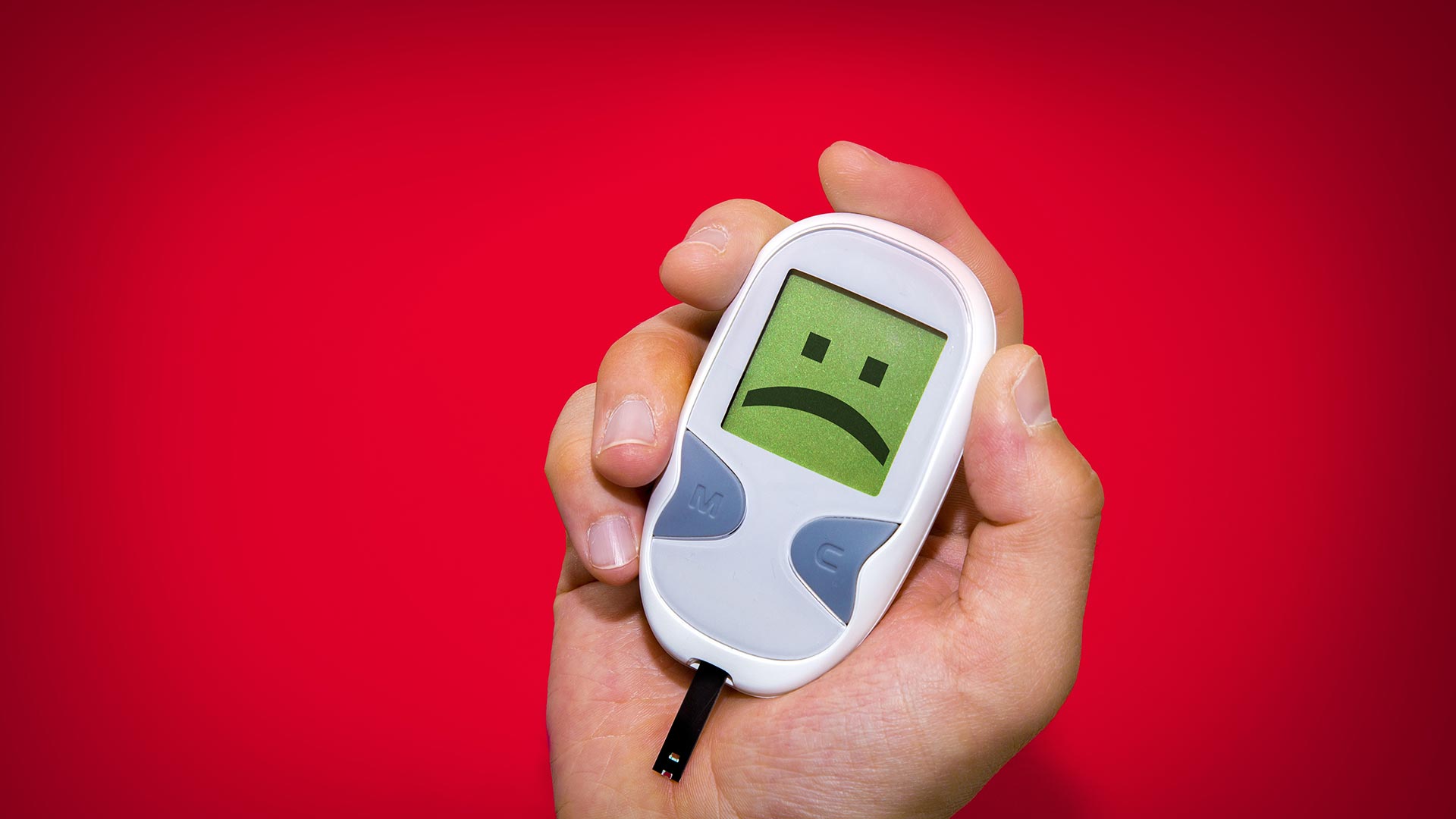People with diabetes have to deal with both short- and long-term health complications that affect different parts of the body. Read to find out how diabetes is linked to these six health conditions and learn to recognise their symptoms to reduce the risks of getting them.
Heart Disease
Diabetes increases the ‘stickiness’ of the inner lining of the blood vessels and enhances cholesterol deposition. For the heart, additional glucose can increase the thickness of the heart muscles, thereby affecting its normal function. This increase is caused by poor circulation at the minute level that results in making more small blood vessels to grow and thickening the blood vessels. Both of these effects are detrimental to the heart’s function.
Symptoms
- Irregular heartbeat
- Pain in the chest
- Swelling of ankles
- Shortness of breath
Nerve Damage (Neuropathy)
Having excess sugar in the blood can injure the walls of tiny blood vessels that nourish the nerves, especially in the legs. This prevents essential nutrients to reach the nerves, and nerve fibres can be damaged in the process. As such this causes tingling, numbness, burning or pain that usually starts at the tips of the toes or fingers and gradually spreads upwards. If left untreated, one could lose the ability to sense and feel in the affected limbs.
Symptoms
- Burning or shooting pain
- Numbness
- Tingling or prickling feeling
- Loss of ability to feel
Dr N V Ramani, Specialist in Neurology & Consultant, Raffles Neuroscience Centre
Foot Damage
With nerve damage and poor blood circulation to the feet, diabetics can develop cuts and blisters that go unnoticed because of reduced sensation. If left untreated, these small open wounds can lead to serious infection that often heal poorly. In the worst case scenario, it can lead to foot or leg amputation. Therefore, it is advisable for diabetics to wear wellpadded covered shoes.
Symptoms
- Bruises
- Swelling
- Redness
- Cuts
- Sores
- Ulcers
Eye
Diabetic retinopathy usually affects both eyes and occurs when high glucose levels in diabetes causes weakening of the retinal blood vessels. The walls of weakened vessels may start to bleed microscopically or become leaky; causing fluid to seep into the retina and interfering with its function. In later stages of diabetic retinopathy, growth of new retinal blood vessels begins to take place to bypass the damaged vessels. This may sound like a good idea, but the new vessels are leaky, fragile, and often misdirected, growing off the retina and into the vitreous (the clear gel that fills the space between the lens and the retina). As the vitreous shrinks with age, it pulls on these fragile vessels and can cause them to tear, resulting in a vitreous haemorrhage and sudden vision loss.
Symptoms
- Spots or dark strings floating in your vision (floaters)
- Blurred vision
- Impaired coloured vision
- Dark or empty areas in your visual field
- Vision loss
Dr Michael Wong, Family Physician & Consultant, Raffles Medical
Kidney Disease (Nephropathy)
Diabetes is the leading cause of kidney disease as it affects the blood vessels. The kidneys contain millions of tiny blood vessel clusters that help to filter waste from the blood. Nephropathy is a general term that refers to the deterioration of proper function in the kidneys. Therefore, diabetic nephropathy can lead to end-stage renal disease in some cases, and the increase in chronic kidney disease is also partly due to the rise in diabetes.
Symptoms
- High blood pressure
- Swelling of the ankles, feet and hands – caused by water retention
- Fatigue as a result of low oxygen in blood
- Shortness of breath
- Nausea and vomiting
- Loss of appetite
- Itching
- Low haemoglobin or anaemia
Skin Problems
Diabetes is the leading cause of kidney disease as it affects the blood vessels. The kidneys contain millions of tiny blood vessel clusters that help to filter waste from the blood. Nephropathy is a general term that refers to the deterioration of proper function in the kidneys. Therefore, diabetic nephropathy can lead to end-stage renal disease in some cases, and the increase in chronic kidney disease is also partly due to the rise in diabetes.
Skin care tips
- Moisturise to keep your skin soft and moist
- Pay close attention to dry or red spots on your skin
- Keep a close eye on areas affected by neuropathy
Dr Chris Foo, Specialist in Dermatology & Consultant, Raffles Skin & Aesthetics
How to Reduce Your Risk of Diabetes Complications
While people with diabetes are at risk of complications, there are steps you can take to manage your condition and avoid complications from arising:
- Consult a doctor or dietitian, and have regular follow-up appointments with them.
- Have a healthy and balanced diet.
- Monitor your blood glucose level regularly.
- Take your medication, insulin injection, or insulin pump prescribed by your doctor.
- Exercise regularly (at least 150 minutes of moderate exercise per week).
Below is a list of activities, and the approximate number of calories burned by performing these activities for 30 minutes.
Spread throughout the week
- Mixed Martial Arts – 336 kcal
- Running – 238 kcal
- Swimming 137 kcal
- Football 238 kcal
Strength Activities (>2 days/week)
- Stair Climbing – 150 kcal
- Cycling – 232 kcal
- Pole Dancing – 220 kcal
Isometric Activities
- Pilates – 102 kcal
- Hatha Yoga – 85 kcal
- Tai Chi – 137 kcal
Recreational Activities
- Trampoline Jumping – 119 kcal
- Tennis (Singles) – 273 kcal
- Rock climbing – 269 kcal
Lifestyle Activities
- Car washing – 146 kcal
- Multiple household chores – 147 kcal
- Kitchen activities (Cooking, dish washing) – 113 kcal
All activities recommended 150 minutes/ week
At Raffles Medical Group, we have several services available to help you manage your diabetes. Raffles Medical’s Primary Care Network lets you seek help for your diabetes at your nearest Raffles Medical clinic. Should you require the specialised care, Raffles Diabetes & Endocrine Centre has a team of specialists and dietitians available to provide you with comprehensive care.




